While green frontiers around the world are slowly being gobbled up, there's plenty of room to build upwards -- a staggering look at vertical gardens.
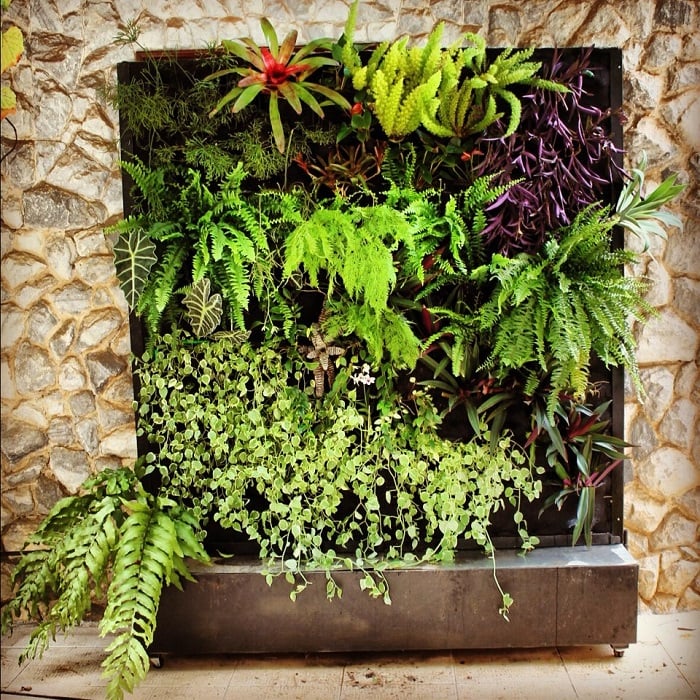
Vertical gardens are the topiary of the future. These breathtaking, upward expanses of greenery are popping up worldwide as public art, covering civic and residential buildings, and functioning as space-conscious home gardens.
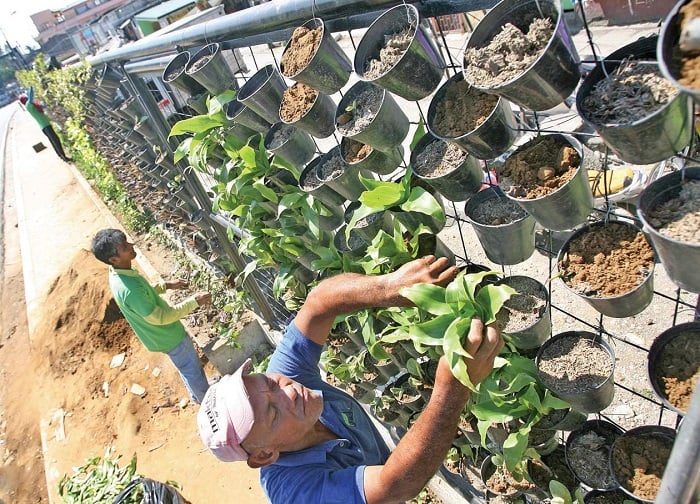
Source: Inquirer News
A vertical garden is a wall or vertical structure that is at least partially covered by vegetation. These gardens range from pure decoration to fully-functional herb or veggie gardens for those lacking a lot of space. The high-reaching form of gardening has become of worldwide interest as it offsets a space’s carbon footprint while also being aesthetically pleasing.
Recently, vertical gardening has moved from small-scale venues to become an integral facet of some major architectural projects in construction. Though the images are only digitized plans of how the buildings will look in the future, it’s obvious that these structures will provide a beautiful contrast to the dark cities in which they’re located.
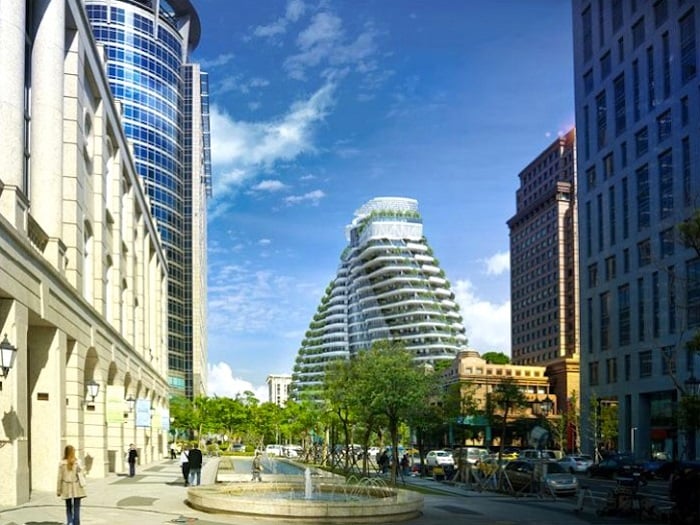
Source: Ideas GN
As perhaps the most archetypal symbol of life, DNA’s double helix structure fittingly inspired the Agora Tower’s own shape and structure. The incredible vertical garden building will support aromatic and medicinal plants, an orchard, a vegetable garden, and even a rainwater capture system. Surpassing a simply energy-passive role, the tower will actually improve the city’s environment. Construction on the Agora Tower in Taipei, Taiwan will be completed in 2016.
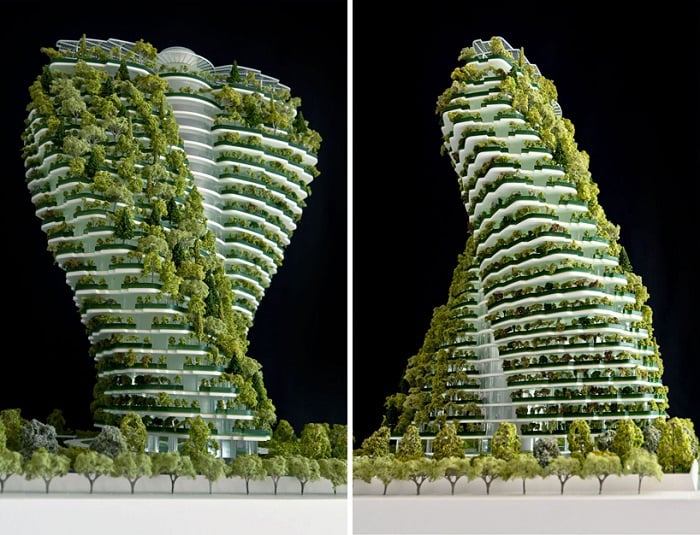
Milan’s Vertical Gardens
Milan’s Bosco Verticale is also a vertical garden currently under construction. These two residential structures will house hundreds of trees and thousands of groundcover plants, which, according to the designers, will be the equivalent of a hectare (almost 2.5 acres) of forest. Though the structures present a staggering silhouette against the city skyline, they also have a more practical purpose; the vast “forests” that cover the buildings decrease air pollution, produce oxygen, and filter harmful sun rays.
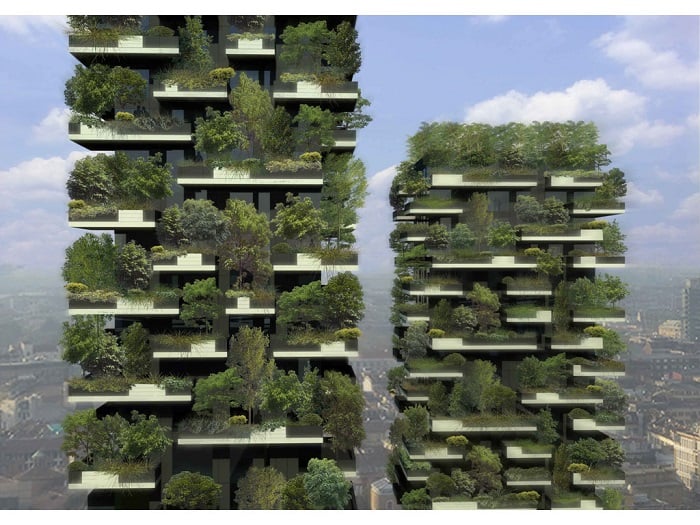
Source: Stefano Boeri
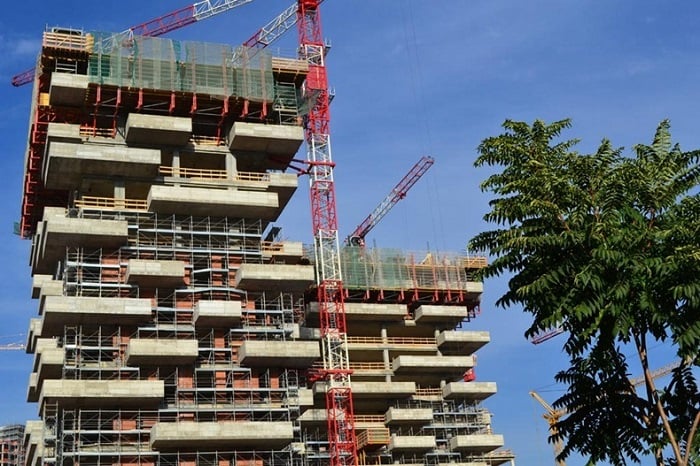
Shenzhen’s Vertical Gardens
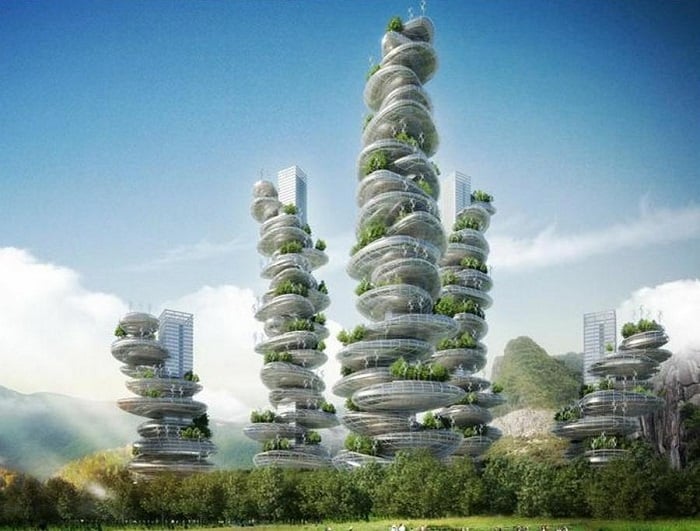
Source: Strangeline
In Shenzhen, China, the French firm Vincent Callebaut Architects designed an eye-catching vertical garden structure they’re calling the Shenzhen Asian Cairn Farmscraper. The construction and appearance of these six buildings are inspired by cairns (stacks of rocks used by hikers to mark trails).
The architects hope to offset environmental damage while providing China’s rapidly growing population with ample living situations.
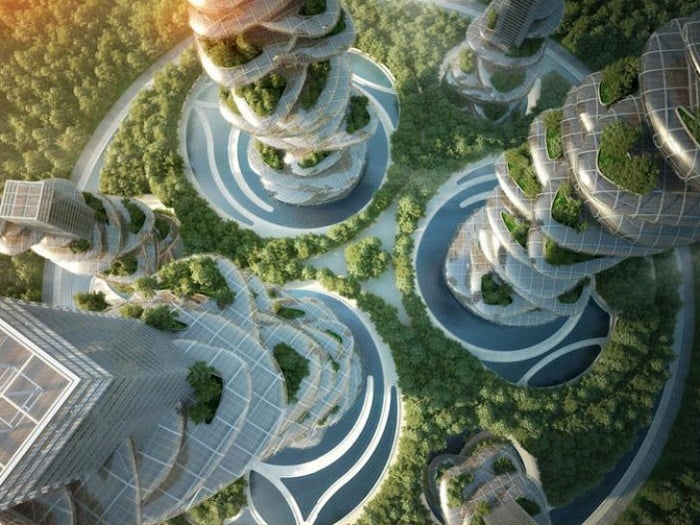
Though architects and designers are working to incorporate vertical gardens into some massive structures, this gardening technique is and has always been successful when conducted on a much smaller scale, as seen in the images below. For a thriving vertical garden, the chosen location needs only rich soil, ample natural sunlight and a water source. The grower must also take into account the nature of the foliage, as some plants (i.e. ivy) grow vertically naturally, while others must be supported by a frame or structure.
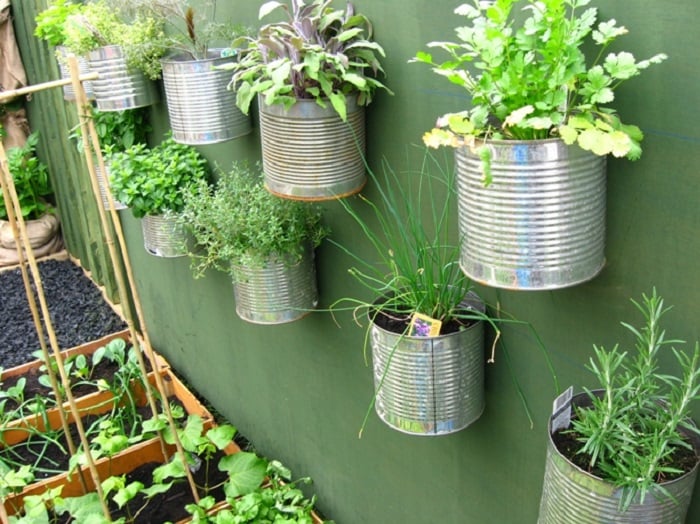
Source: Ewa In The Garden

Source: Plants On Walls
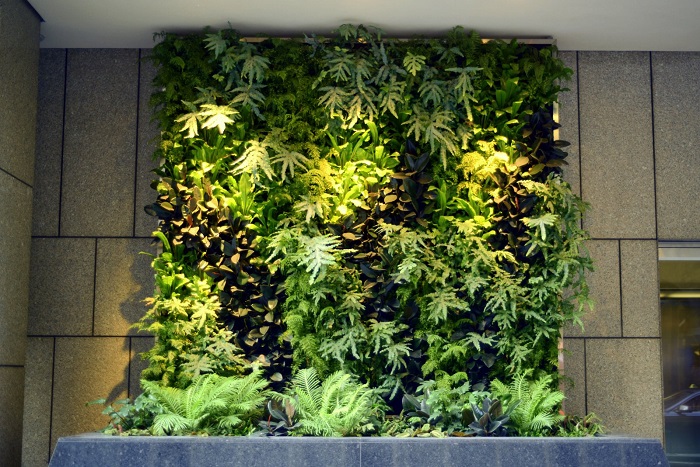
If you enjoyed reading about vertical gardens, be sure to see the world’s most peculiar gardens and the world’s most beautiful gardens.





